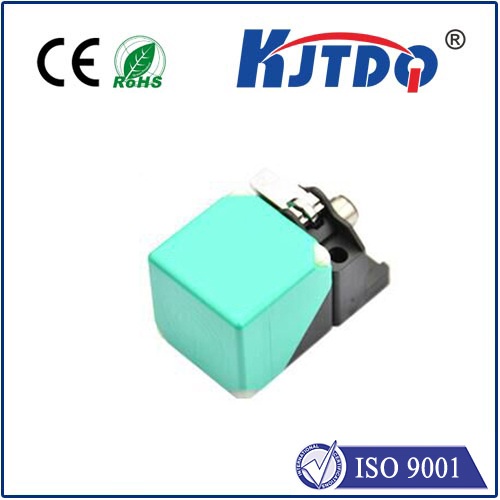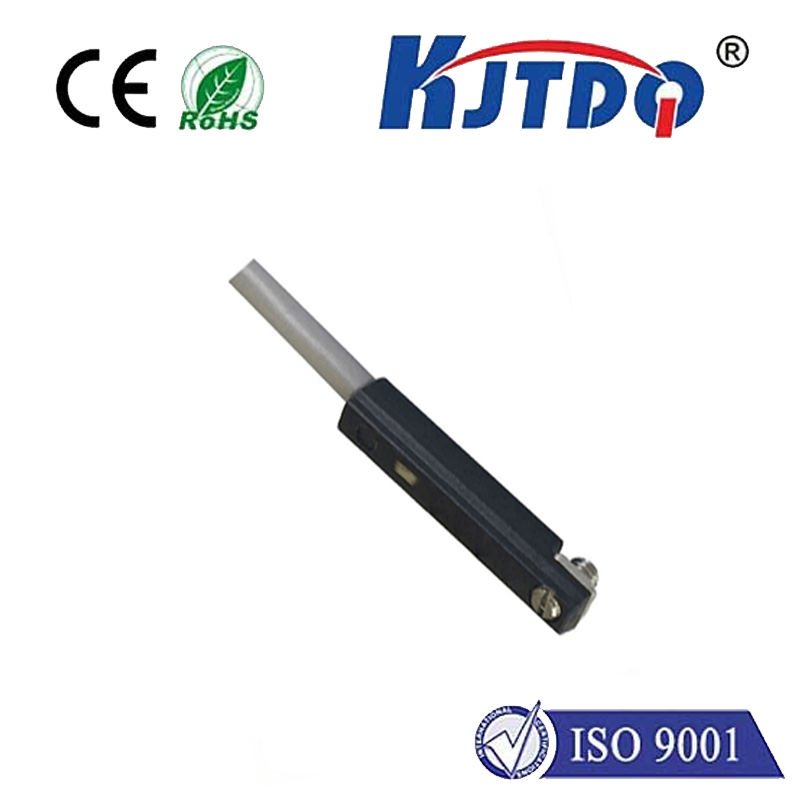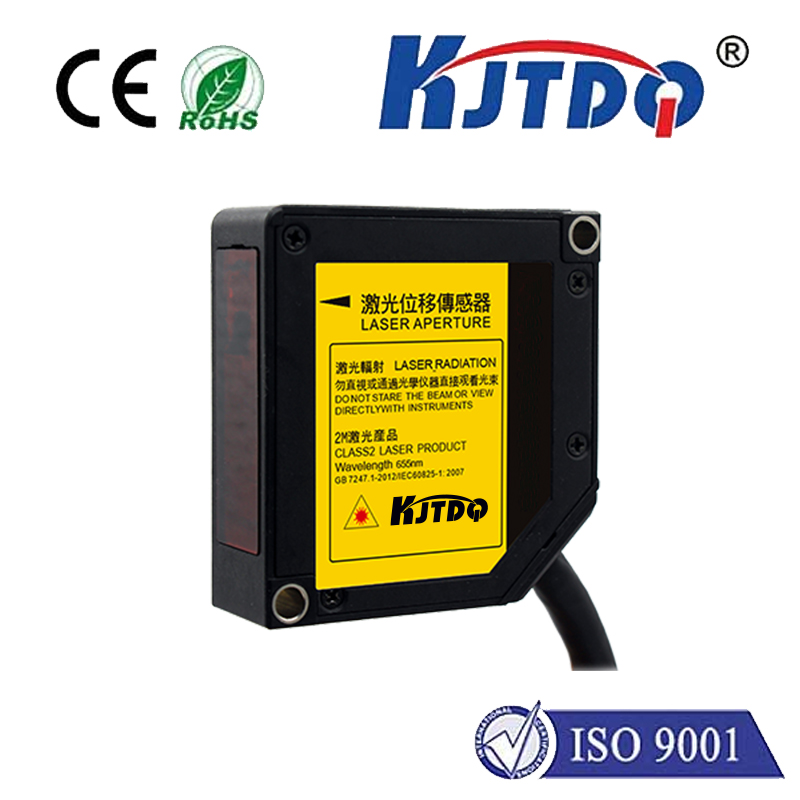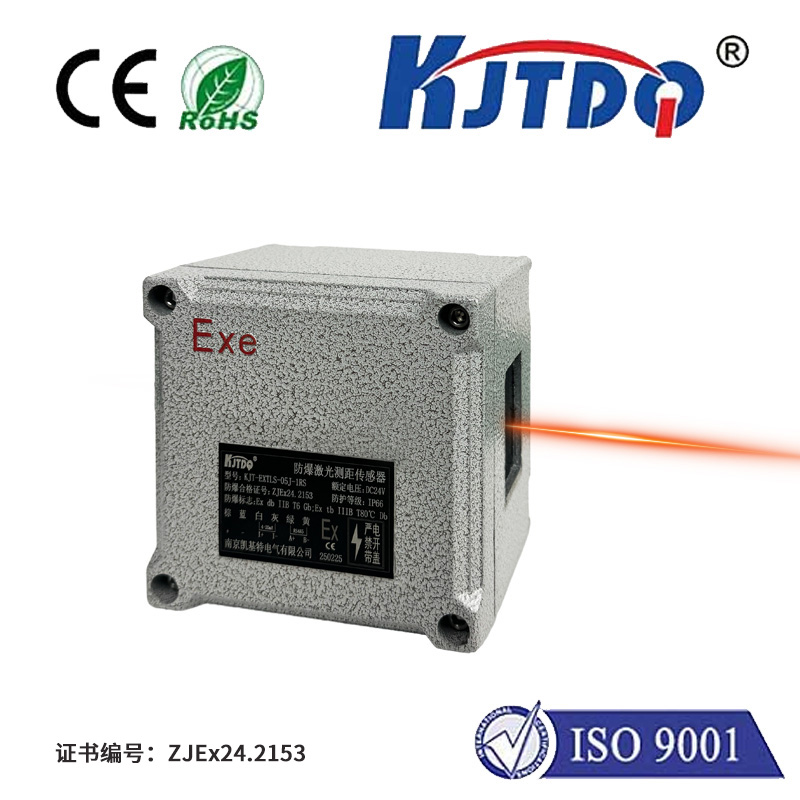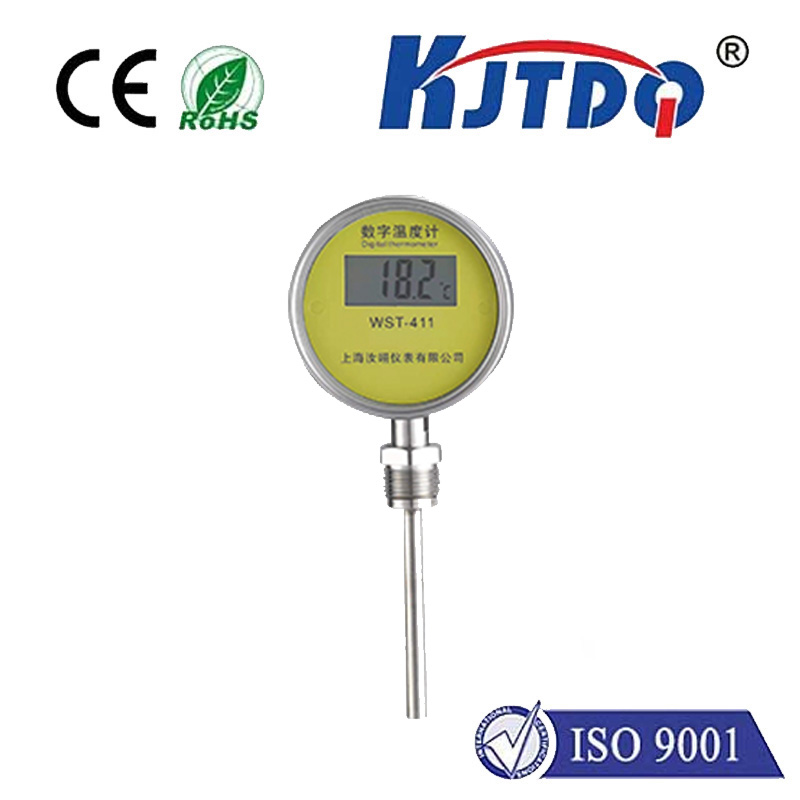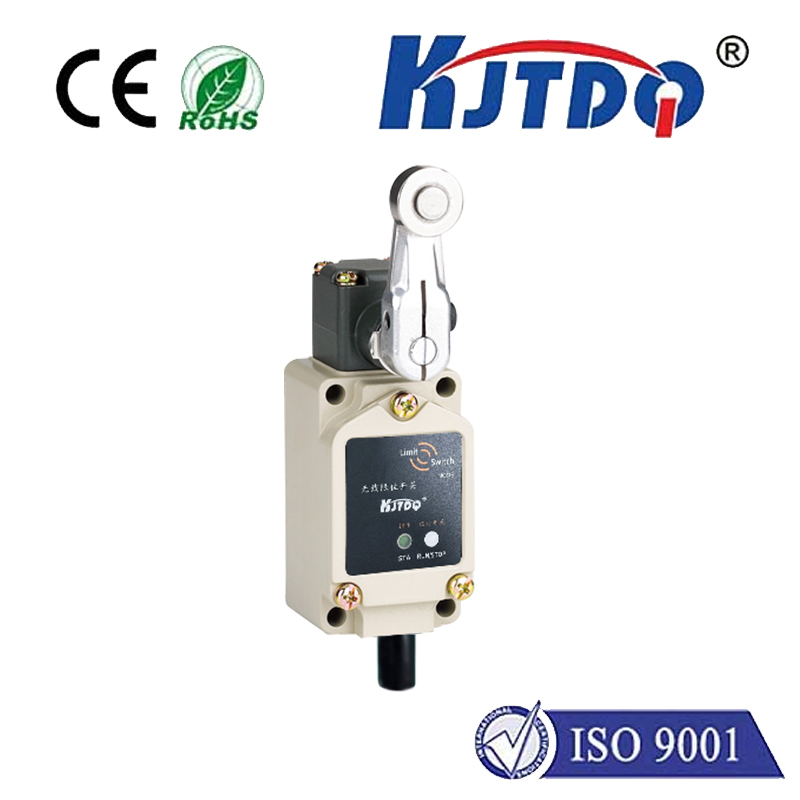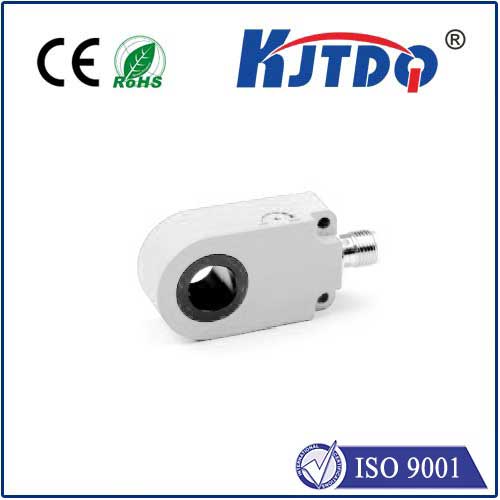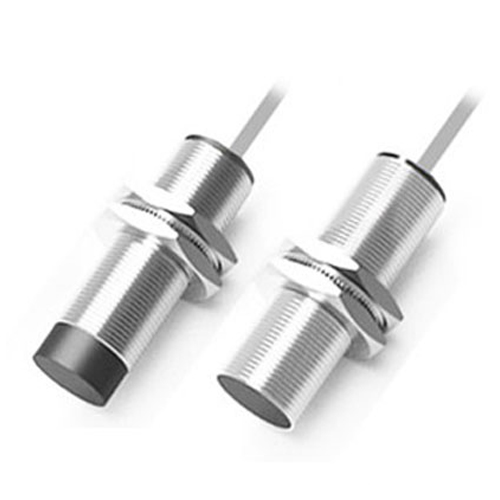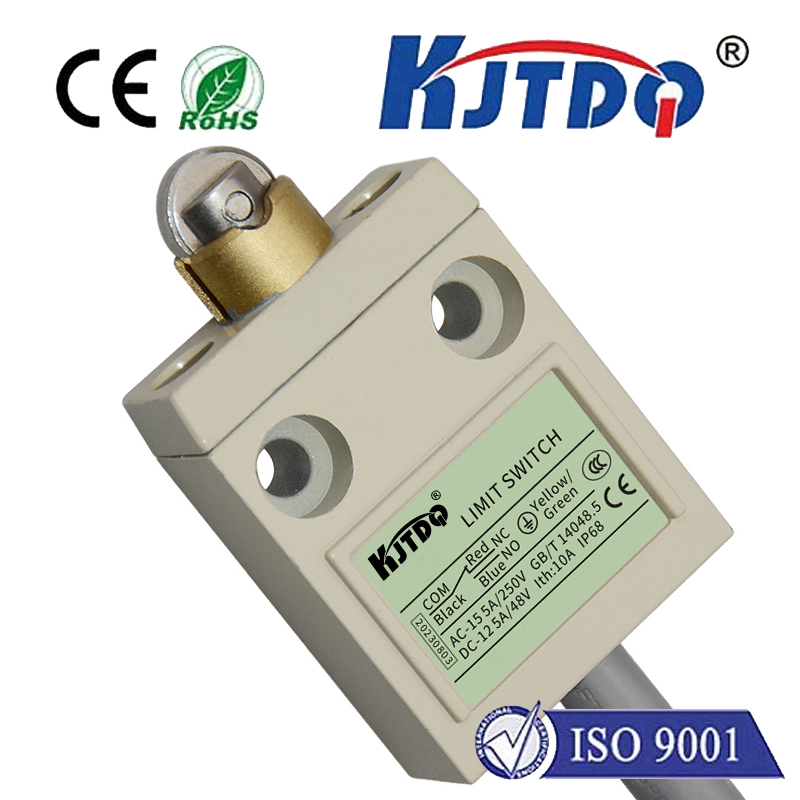photoelectric relay system
- time:2025-07-24 02:43:21
- Нажмите:0
Photoelectric Relay Systems: Enabling Smarter, Safer Industrial Automation
In the intricate dance of modern industry, where precision, speed, and safety are paramount, the humble relay remains an indispensable performer. But when marrying the power of light to this fundamental switching component, a new star emerges: the Photoelectric Relay System. More than just an on/off switch, this sophisticated pairing harnesses light as a trigger to control electrical circuits, opening doors to unparalleled levels of automation, safety monitoring, and operational efficiency across countless applications. Understanding how these systems work and where they excel is crucial for optimizing industrial processes.
Deconstructing the Core Components
At its heart, a photoelectric relay system integrates two primary elements:
- The Photoelectric Sensor: This is the system’s “eyes.” It emits a beam of light (visible red, laser, or infrared) and detects changes in that beam’s properties. These changes occur when the beam is interrupted by an object (object detection), reflected off a surface (retro-reflective detection), or reflected diffusely by an object (diffuse detection). The sensor continuously monitors the light reception (or lack thereof) and converts this physical event into an electrical signal.
- The Solid-State Relay (SSR): This acts as the muscle, the high-power switching component. Unlike traditional electromechanical relays (EMRs) that use a moving armature and physical contacts to open or close a circuit, solid-state relays rely solely on semiconductor components (like thyristors or triacs). They contain no moving parts. The key link is that the electrical signal generated by the photoelectric sensor directly controls the state of the SSR – turning it ON or OFF.
The “photoelectric relay” typically refers to a specific Тип of SSR where the input control signal (isolated from the output circuit) is triggered by an internal light source (often an LED) activating a photosensitive component like a phototransistor or phototriac within the SSR package itself. This provides high-voltage isolation between the control circuit (sensor side) and the high-power load circuit being switched.
How the System Operates: Light to Load Control

The operational sequence is elegantly straightforward:
- Initiation: The photoelectric sensor emits its light beam across its chosen detection zone.
- Event Detection: A target object enters the detection zone, causing one of the following:
- The beam is interrupted (e.g., object blocks a through-beam).
- The beam is reflected back to the sensor (e.g., object passes in front of a retro-reflector).
- The beam diffusely reflects off the object back to the sensor.
- Signal Conversion: The sensor detects this change in light and generates a corresponding electrical output signal. This is usually a simple DC voltage switching state (e.g., 0V for “beam clear,” 12/24V DC for “beam broken”).
- Relay Activation: This DC control signal is fed directly into the input terminals of the photoelectric SSR. The internal LED within the SSR illuminates.
- Optical Triggering: The emitted light from the LED activates the photosensitive semiconductor component within the SSR.
- Load Switching: The activated semiconductor component allows current to flow through the SSR’s output circuit, effectively closing the switch and turning ON the connected load (motor, solenoid, heater, lamp, etc.). When the target object moves away and the sensor output changes state, the SSR input LED extinguishes, turning the output OFF.
Key Advantages Driving Adoption
The integration of photoelectric sensing with solid-state relay switching offers compelling benefits that make these systems ideal for demanding industrial environments:
- Exceptional Reliability & Longevity: Crucially, the absence of moving parts in the SSR eliminates mechanical wear, contact bounce, and arcing associated with EMRs. This translates to significantly longer operational lifespans, often measured in millions of cycles, reducing maintenance costs and downtime. The photoelectric sensor itself, being solid-state in its core detection, is also highly reliable.
- Ultra-Fast Switching Speeds: Solid-state technology enables switching speeds measured in microseconds or milliseconds, far faster than any electromechanical relay can achieve. This is critical for high-speed production lines, packaging machinery, and rapid sorting systems where response time directly impacts throughput and accuracy.
- Silent Operation: Without clattering armatures or contacts, photoelectric relay systems operate silently. This improves the working environment and reduces noise pollution, particularly important in settings like laboratories, clean rooms, and offices near production floors.
- Vibration & Shock Resistance: The solid-state nature of both sensor and SSR makes the entire system inherently immune to performance degradation caused by vibration or mechanical shock, common in manufacturing plants and heavy machinery.
- Electromagnetic Interference (EMI) Immunity & Reduction: Photoelectric sensing relies on light, inherently immune to EMI. Furthermore, SSRs generate far less electrical noise (EMI/RFI) when switching compared to EMRs, which produce significant contact arcing. This prevents interference with sensitive electronic equipment nearby.
- High-Voltage Isolation & Enhanced Safety: The optical coupling within the photoelectric relay provides excellent electrical isolation (often thousands of volts) between the sensor’s low-voltage control circuit and the potentially high-voltage, high-current load circuit. This enhances safety for personnel and protects control equipment.
- Compact Design: Modern photoelectric sensors and SSRs are highly compact, enabling space-saving installations even in densely packed control panels or machinery.
Where Photoelectric Relay Systems Shine: Core Applications
These systems are ubiquitous in automation:
- Material Handling & Conveyor Systems: Detecting presence, position, jams, counting items, and controlling conveyor start/stop.
- Packaging Machinery: Precisely detecting products for filling, capping, labeling, and case packing; controlling actuators.
- Automated Assembly Lines: Verifying part presence, orientation, and correct assembly steps; controlling robotic arms or feeders.
- Printing & Paper Processing: Monitoring web break, edge guiding, roll diameter, and sheet counting.
- Machine Safety & Guarding: Interlocking safety doors or light curtains to immediately shut down hazardous machine motion when breached.
- Level Detection: Monitoring fill levels in tanks, hoppers, or bins using transparent or opaque materials.
- Semiconductor Manufacturing: Handling sensitive components in cleanroom environments where reliability, speed, and lack of EMI are non-negotiable.
Understanding the Key Differences: Photoelectric Relay vs. Traditional Relay
It’s essential to differentiate photoelectric relay systems from traditional control methods:
- Trigger Mechanism: Photoelectric systems use light changes detected by the sensor. Traditional relays might be triggered by mechanical levers, proximity switches, timers, or buttons.
- Switching Component: Photoelectric relay systems utilize Solid-State Relays (SSRs) triggered optically. Traditional systems often use Electromechanical Relays (EMRs) with physical contacts.
- Speed: SSR-based systems are vastly faster than EMRs.
- Noise & EMI: SSR systems are silent and generate minimal EMI; EMRs are noisy and can cause significant electromagnetic interference.
- Lifespan: SSR systems have a far longer lifespan under high switching frequency due to no moving parts.
- Cost (Initial vs. Long-Term): EMRs are generally lower cost upfront, but photoelectric relay systems often offer a lower Total Cost of Ownership (TCO) due to reduced maintenance and downtime over their extended operational life.
The Synergy of Light and Solid-State Switching
The photoelectric relay system exemplifies modern industrial control:

